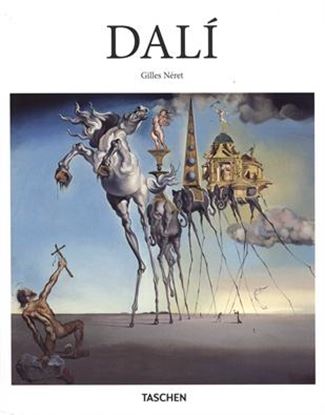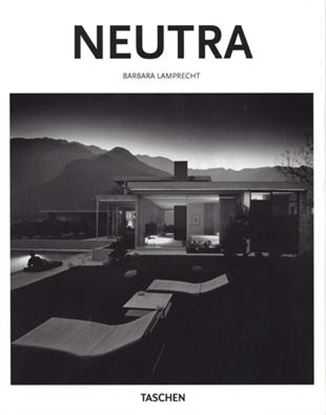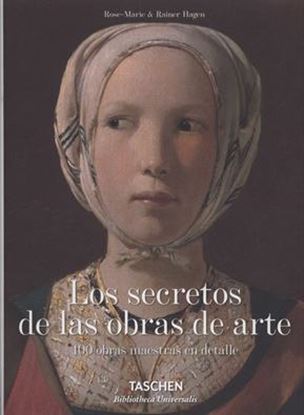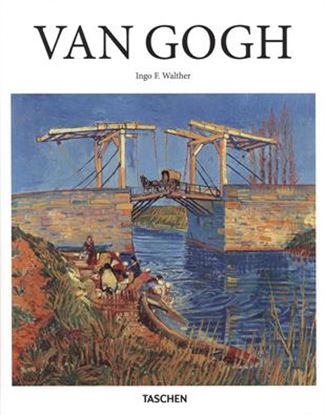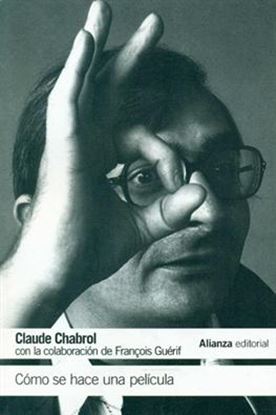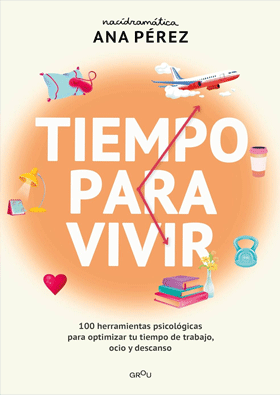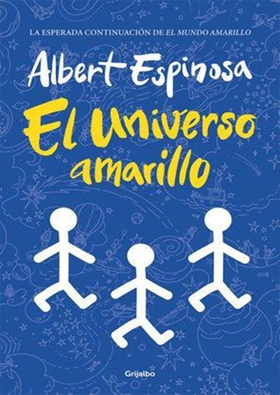

DALI (BA-ART)
Pintor, escultor, escritor, cineasta y un auténtico showman, Salvador Dalí (1904-1989) fue uno de los personajes más exhibicionistas y excéntricos del siglo xx. Pionero en introducir en el arte las ideas del psicoanálisis freudiano, es célebre en particular por sus prácticas surrealistas, con ideas tales como los relojes blandos o el teléfono langosta, que se han convertido en iconos del movimiento surrealista y del arte moderno en general.
Dalí solía describir sus cuadros como «fotografías de sueños pintadas a mano». La precisa representación de elementos estrambóticos y su disposición incongruente crean una incitante tensión e interés. El mismo Dalí explicó que pintaba con «el afán de la precisión más imperialista», pero solo «para sistematizar la confusión y contribuir al descrédito total del mundo de la realidad».
Con su peculiar bigote revolucionó el papel del artista representando a un personaje polémico en la esfera pública y creando obras que, además de contemplarse en las paredes de las galerías, podían consumirse en el ámbito de las artes gráficas, la moda, la publicidad, la escritura y el cine.
Este libro descubre las pinturas y la personalidad de Dalí, mostrando no solo su destreza técnica sino también sus composiciones provocadoras y sus temas estimulantes, como la muerte, la decadencia y el erotismo.
1,350
1,080
NEUTRA (BA-ARCH)
La perfecta armonía moderna
El arte de conjugar arte, paisaje y comodidad
En la arquitectura de Richard Neutra (1892-1970), interior y exterior comulgan en perfecta armonía moderna. Mientras el sol californiano centellea sobre las superficies de elegantes edificios, inmensos muros acristalados ofrecen vistas panorámicas de montañas, jardines, palmeras y piscinas. Con profusas ilustraciones, esta obra nos acerca al arquitecto y nos presenta los proyectos que definieron su carrera. Con estructuras frías anidadas entre maravillas naturales, se rinde homenaje a uno de los representantes más puristas del Movimiento Moderno, un profesional que supo cómo incorporar las líneas escarpadas y los colores cambiantes de la naturaleza a las geometrías características del Estilo Internacional.
1,350
1,080
BAUHAUS (BA-ARCH) (ES)
Diseñando una época
La escuela artística más famosa de la modernidad
Durante un fugaz periodo de catorce años intercalado entre dos guerras mundiales, la escuela de arte y diseño alemana Bauhaus cambió el aspecto de la modernidad. Con ideales utópicos para el futuro, la escuela fue pionera en la funsión del arte, la artesanía y la tecnología aplicada a la pintura, la escultura, el diseño, la arquitectura, el cine, la fotografía, los tejidos, la cerámica, el teatro y la instalación artística. Este libro es un homenaje al atrevimiento e innovación del movimiento Bauhaus, pionero en el desarrollo del arte moderno y paradigma de la educación artística, en el que una total libertad de expresión creativa y de ideas vanguardistas dio lugar a creaciones hermosas y prácticas.
1,350
920
LOS SECRETOS DE LAS OBRAS DE ARTE (BU)
Esta obra resulta básica para entender las obras maestras de la historia del arte , ya que examina en detalle algunos de los lienzos más famosos del mundo para descubrir sus elementos más pequeños y sutiles, y todo lo que pueden llegar a revelar sobre una cultura, un lugar y una ´poca ya pasados.
1,800
1,440
VAN GOGH (BA-ART)
Arte atormentado
El talento y la angustia de un maestro postimpresionista
Las obras de Vincent van Gogh (1853-1890) se cuentan entre las más conocidas y alabadas del mundo. En lienzos como Los girasoles, La noche estrellada, Autorretrato con la oreja vendada y en muchos otros cuadros y dibujos llegamos a identificar a un artista con un don único para retratar estados de ánimo y situaciones gracias a su maestría en el uso de las pinturas, los lápices, los carboncillos y las tizas. Repleta de ilustraciones, esta introducción al mundo de Vincent van Gogh sigue el rastro artístico de su vida, desde las primeras pinturas de campesinos y trabajadores rurales, pasando por las obras de su luminoso periodo parisiense, hasta llegar al febril estallido de su creatividad durante su estancia en el sur de Francia, en sus últimos dos años y medio de existencia.
1,350
1,080
COMO SE HACE UNA PELICULA
Fruto de una serie de entrevistas entre Claude Chabrol y Francois Guérif, este breve compendio realiza un repaso integral al proceso de Cómo se hace una película. Matizado en todo instante por la ácida y personal visión del director de El bello Sergio, El carnicero, El grito de la lechuza, La ceremonia o La flor del mal, el contenido de estas páginas toca desde los primeros pasos de la aventura que supone toda realización cinematográfica -la elección del tema, la escritura del guión, la búsqueda de un productor- hasta los últimos -la explotación y recepción del film-, pasando, naturalmente, por todos los problemas y detalles que lleva aparejados el rodaje, incluyendo la dirección de actores, las cuestiones técnicas y la función de cada uno de los que en aquél participan.
900
720


